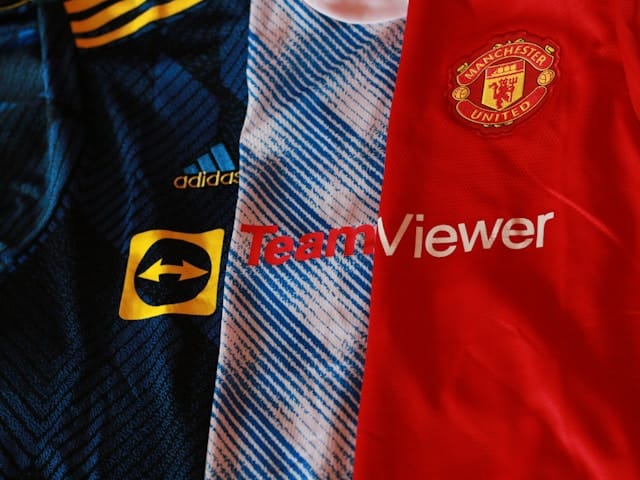The eSports ecosystem has evolved remarkably in recent years, creating diverse opportunities for investors across various subsectors. Big brands are taking notice and based on the research data analyzed and published by Safe Betting Sites, sponsorships are the main revenue stream for the industry.
According to its predictions, eSports sponsorship deals will generate at least $636.9 million in 2020. This would mark a Compound Annual Growth Rate (CAGR) of 16.6% and make commercial partnerships the top revenue source for competitive gaming globally.
The report also reveals that sponsorships together with media rights are expected to generate 75% of the eSports sector’s total revenue. In 2020, this figure would be $822.4 million, increasing to $1.2 billion by the year 2023.
It is interesting to note, however, that digital revenues represent the industry’s fastest growing revenue stream. Expected to generate $21.5 million in 2020, the digital revenue is growing at an astounding CAGR of 72.4%.
From the eSports industry’s total 2019 revenue of $1.1 billion, sponsorship deals accounted for $456 million, equivalent to 42%. This marked a CAGR of 34.8% from 2018. Media rights came in second with $251.3 million, 23% of the total revenue. Advertising accounted for 17%, while merchandise and tickets yielded 9% and game publisher fees at 9%.
Intel’s $100M Deal with Electronic Sports League and Nike’s $144M Deal with LoL Pro League
Sponsorships offer brands a significant opportunity to reach target audiences both online and offline. Through interactive advertising, booths at in-person events, video displays, freebies and other creative methods, these brands are able to reach millions of eSports fans.
Sponsors include endemic brands like Nvidia and Intel, as well as non-endemic brands like Daimler AG (Mercedes Benz), Nike and McDonalds among others. During the first quarter of 2019, there were 76 deals involving non-endemic brands like Coca Cola, Nissan Motor Co., AT&T and others.
Intel was one of the top sponsors for the year. The IT giant has held the longest standing sponsorship in the eSports industry with Electronic Sports League. Under the partnership agreement, the two companies committed to invest $100 million in eSports initiatives aimed at helping the sector’s global growth and expansion. Intel also sponsors multiple large events like CS:GO Pro League, Intel Grand Slam and Intel Extreme Masters.
BMW was among the 2019 newcomers to the space, sponsoring its first eSports team, Cloud 9. In the same year, it also partnered with Brazil’s PaiN Gaming. Nike, on the other hand, made one of the most “intricate partnerships” with the League of Legends Pro League. Under the $144 million pact, it provides Nike apparel to the entire 16-team roster as well as their managers, refs and coaches. Nike also supports athletes like Chinese LoL pro Jain “Uzi” Zihao.
Other large sponsors include Honda and Disney (Team Liquid), Nissan and HTC Cord (FaZe Clan) and Daimler AG (ESL).
Spending on eSports to Reach $1.8 Billion in 2023
eSports was a relatively niche market back in 2014, worth about only $194 million. In only five years, it has grown at least five-fold in terms of revenue and is expected to reach $1.1 billion in 2020.
According to a forecast published by PwC, spending on this space is expected to surge at a CAGR of 18.3% in the duration between 2018 and 2023, to reach $1.8 billion. More than 100 schools in the US have introduced eSports programs alongside other games. Institutions like the University of California Irvine are offering scholarships to boost growth.
The landscape is fast evolving from casual hobby status to career opportunity. In the past, limited infrastructure in terms of tournaments restricted growth and revenue streams. But with the introduction of the league model for tournaments, the ecosystem now has a diversity of options as far as monetization opportunities are concerned.
One of these is the franchising approach, owning entire teams or leagues in eSports. This allows for the creation of a narrative that will live for years, not months. The value of such franchises rises strongly. For instance, the first 12 teams that joined the Overwatch League by Blizzard Entertainment had to pay $20 million each for the franchise. Barely a year later, the price ranged from $30 and $60 million.
As noted from the 2020 Newzoo report, media rights are yet another substantial revenue source for eSports. Between 2018 and 2023, the estimated CAGR for this source would be 25%, pushing it to $506 million.
However, the same report predicts that sponsorships will retain the dominant position as the single largest revenue stream for eSports. It estimates a CAGR of 16.3% for the period between 2018 and 2023.






